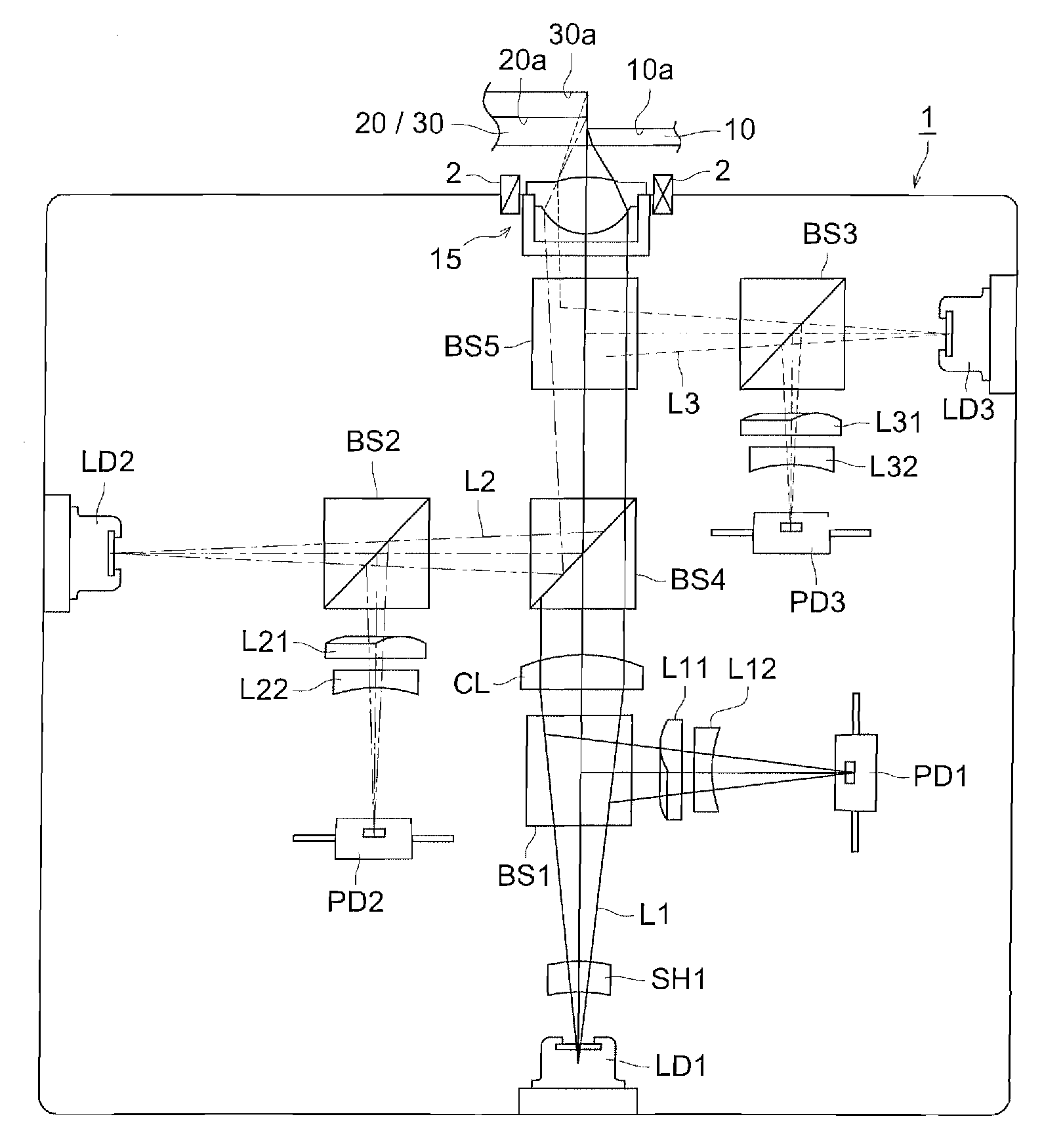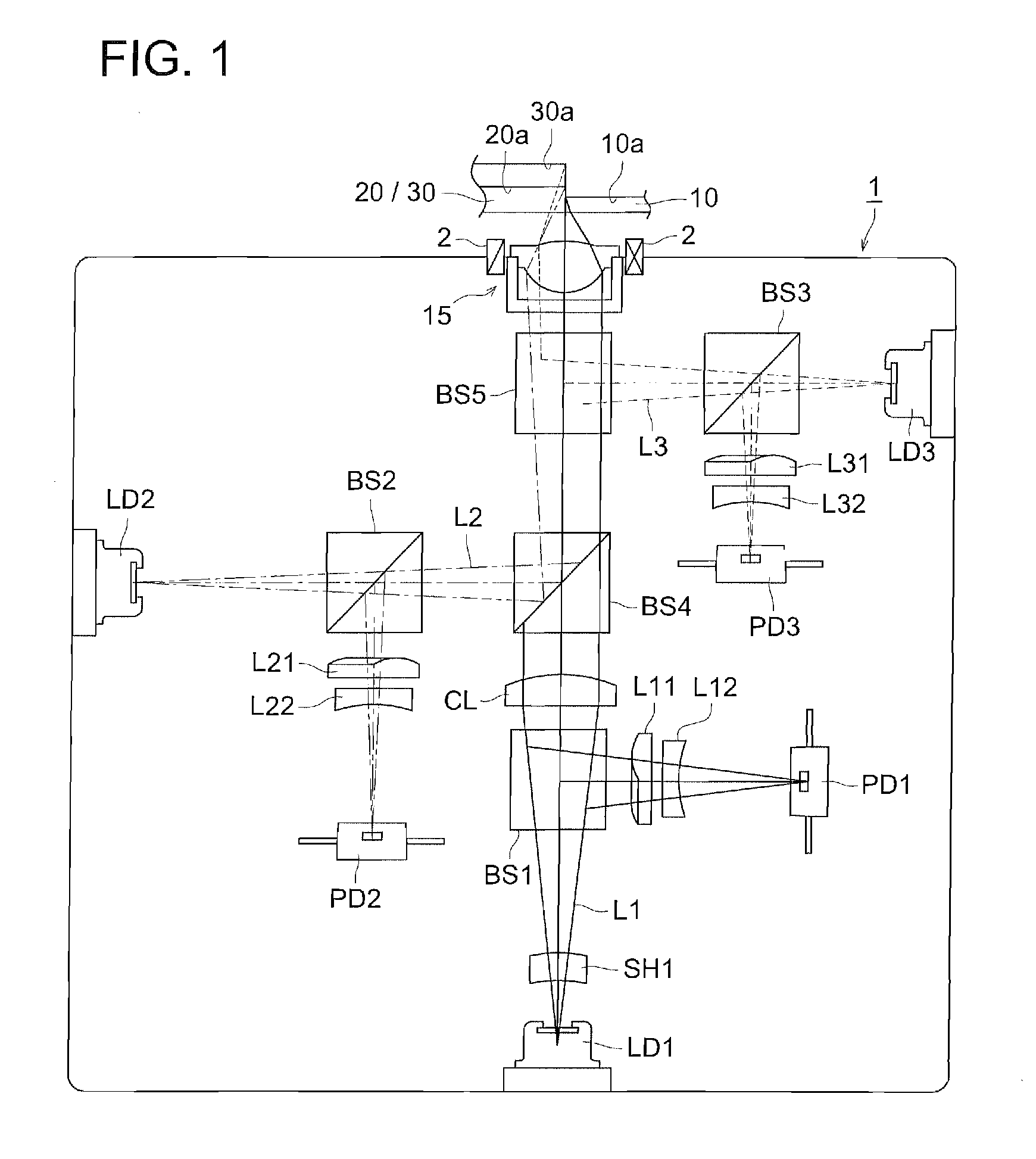Manufacturing method of thermoplastic composite material, thermoplastic composite material and optical element
- Summary
- Abstract
- Description
- Claims
- Application Information
AI Technical Summary
Benefits of technology
Problems solved by technology
Method used
Image
Examples
embodiment 1
[0100]Hereinafter, embodiments of the present invention will be concretely described without the present invention being restricted thereto:
(1.1) Production of a Specimen
[0101]As knead apparatus, Toyo Seiki Seisaku-Sho Ltd. Lab Plast μ was equipped with Segment Mixer KF6. Then the following thermoplastic resin 1 and the following inorganic particles 1-4 were supplied to the mixer and kneading was performed at 200 degrees C. for 10 minutes, thus the kneaded materials 1-8 were produced.
Various kinds of gas in Table 2 were supplied to inside the system through a sample inlet port during the kneading to suppress air contamination.
[0102]Thermoplastic resin 1: Zeonex 330R (cycloolefin resin product of Nippon Zeon Co., Ltd.) was desiccated at 80 degrees C., before kneading. The refractive index of resin 1 was 1.52. Inorganic-particle 1: RX300 (Product of Japanese Aerosil, silica powder grain having a primary particle size of 7 nm and a refractive index 1.46) was desiccated at 200 degrees C...
embodiment 2
Production of (2.1) Specimens
[0109]Instead of Laboratory Plast mill used in production of the specimens 1-8 of Embodiment 1, using the S1KRC kneader (made by Kurimoto), the kneaded material 9-11 was produced using the following thermoplastic resin 2 and the inorganic particle 5, and specimens 9-11 were produced in the same method as the one described in the Embodiment 1. Meanwhile, the supplied amount of energy for kneading was obtained in a range where extrusion speed becomes constant while the thermoplastic resin 2 and the inorganic particle 5 were added regularly. Adjustment of energy amount supplied was performed also by rearranging the segment of a screw besides changing temperature and revolution speed.
[0110]Thermoplastic resin 2: Acry pet VH (a product of Mitsubishi Rayon Co., Ltd., acryl resin)
[0111]Inorganic particle 5: HM-30S (silica particle made by Tokuyama Corp. primary particle size of 7 nm).
[0112]Meanwhile, as an inorganic particle 5, an inorganic particle in which HM...
embodiment 3
[0118]Using the above kneaded materials 1-11, plastic optical elements 1 to 11 (the numeral of the ending portion of “optical element 1-11” are related to the kneaded material 1-11.) were produced and evaluated. As the results, it was confirmed that optical elements 1, 4, 5, 7, 9 and 11 has a preferable optical properties and is superior in material deterioration resistance such as white turbidity when they are irradiated by blue-ray used for recording and reproduction of compact disc or digital versatile disk.
PUM
| Property | Measurement | Unit |
|---|---|---|
| Percent by mass | aaaaa | aaaaa |
| Percent by mass | aaaaa | aaaaa |
| Particle size | aaaaa | aaaaa |
Abstract
Description
Claims
Application Information
 Login to View More
Login to View More - R&D
- Intellectual Property
- Life Sciences
- Materials
- Tech Scout
- Unparalleled Data Quality
- Higher Quality Content
- 60% Fewer Hallucinations
Browse by: Latest US Patents, China's latest patents, Technical Efficacy Thesaurus, Application Domain, Technology Topic, Popular Technical Reports.
© 2025 PatSnap. All rights reserved.Legal|Privacy policy|Modern Slavery Act Transparency Statement|Sitemap|About US| Contact US: help@patsnap.com



